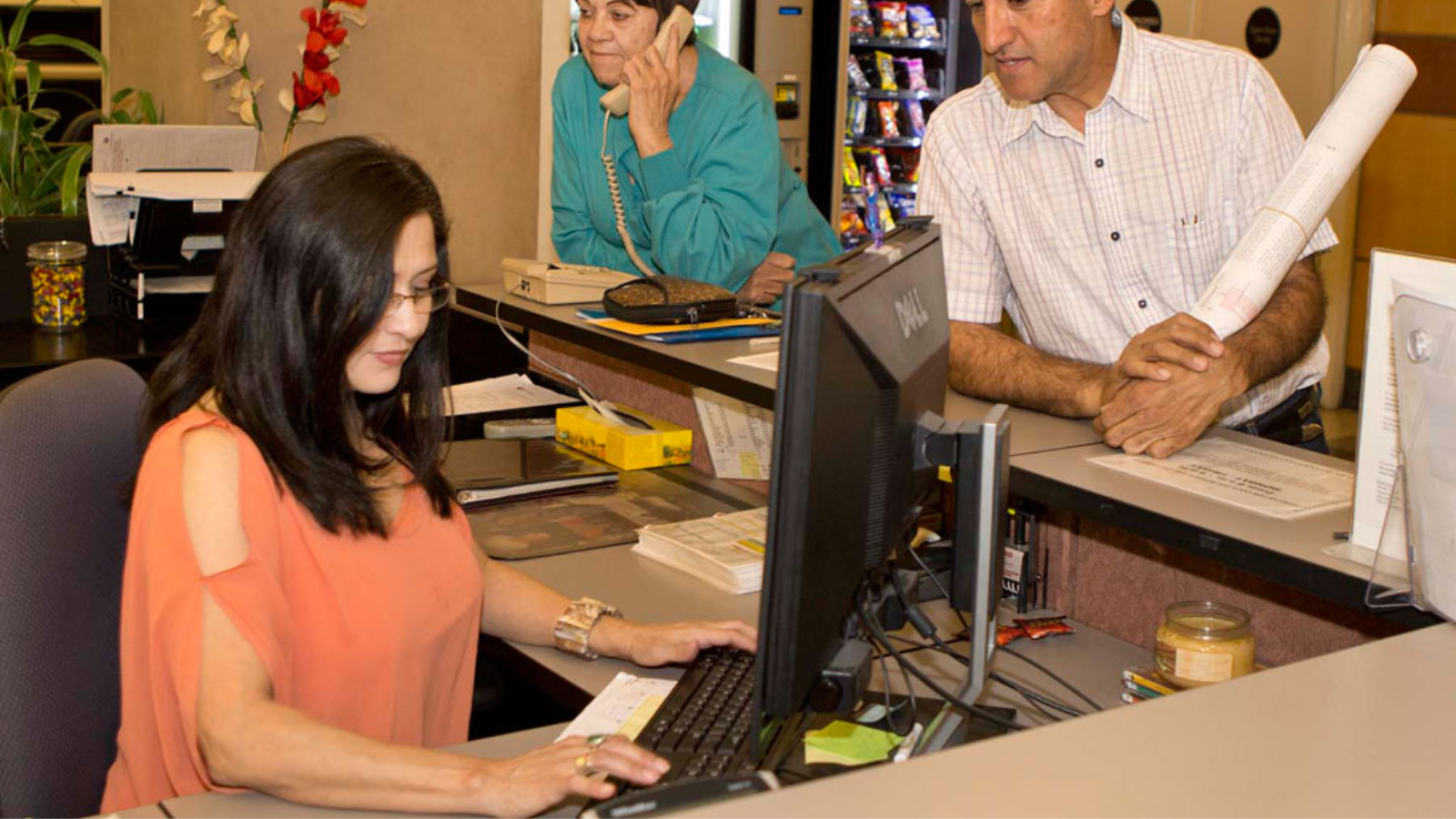Young Americans less likely to drive
Apr 5, 2012, 9:08 PM
Associated Press
WASHINGTON (AP) – Driving is becoming so last century.
Since the end of World War II, getting a driver’s license has been a rite of passage for teens, but that’s less and less the case. The share of people in their teens, 20s and 30s with driver’s licenses has dropped significantly over the past three decades, not only the United States, but also in some other wealthy nations with a high proportion of Internet users, transportation researchers have found.
One possible explanation: Virtual contact through the Internet and other electronic means is reducing the need for face-to-face visits among young people, researchers say.
From 1983 to 2008, the share of 16- to 39-year-olds with driver’s licenses declined markedly, with the greatest decreases among drivers in their late teens and early 20s, according to a study at the University of Michigan Transportation Research Institute in Ann Arbor. About 69 percent of 17-year-olds had a driver’s license in 1983. By 2008, that had dropped to 50 percent. Among Americans ages 20 to 24 in 1983, nearly 92 percent had driver’s licenses. Twenty-five years later, it was 82 percent.
The older the age group, the less dramatic the declines, the Michigan study found. But even among 35- to 39-year-olds, there was a 3.2 percent decline in the share of licensed drivers.
More recent data from the Federal Highway Administration indicates the trend has continued, according to a report released Thursday by the Frontier Group, an environmental organization, and the consumer-oriented U.S. PIRG Education Fund. The share of 20- to 34-year-olds without a driver’s license decreased from 89.6 percent in 2000 to 84.3 percent in 2010, the report said.
Michael Sivak, co-author of the Michigan studies, also confirmed the continuing decline.
There are likely several factors behind the trend: a difficult economy for young workers, the high cost of buying and maintaining a car and a migration of young adults toward large cities, where there are more alternatives to driving, Sivak said. There also is evidence that social networking may be reducing the need to for face-to-face contacts, he said.
In countries where “more people use the Internet, there is a lower proportion of drivers,” Sivak said.
A recent study in 14 countries found seven of them had experienced a similar decrease in the share of young people with driver’s licenses: Sweden, Norway, Great Britain, Canada, Japan, South Korea and Germany.
Compared to the other countries that didn’t experience a decline, the study found four characteristics common to the countries where young people are driving less: They are wealthier, a high share of the population is older, a high share of the population lives in very large cities and a high share of the population uses the Internet.
There isn’t enough information to say for certain that teens and younger adults are replacing trips with social networking and other Internet usage, but “there is strong data supporting this hypothesis,” Sivak said. The institute’s research is paid for with federal, state and auto industry contributions.
Carmakers have been aware of the trend for about five years, said Gloria Bergquist, vice president of the Alliance of Automobile Manufacturers. It’s one reason the industry is looking toward markets in Asia for growth, rather than in the U.S. and Europe, she said.
“For generations, the automobile has typified freedom,” Bergquist said. “At 16, many people wanted to get their driver’s license because that was the way people connected with their friends.” Now, she said, “We’re seeing people connect through their iPhones. That’s their primary motivation _ they want to be in touch with their friends, so they are less focused on buying a vehicle.”
Not surprisingly, the number of miles young Americans drive every year has also been declining as measured by the Transportation Department’s National Household Travel Survey. From 2001 to 2009, the annual number of vehicle miles traveled by drivers 16 to 34 years old decreased from 10,300 miles to 7,900 miles per capita _ a drop of 23 percent, Thursday’s report said.
___
Follow Joan Lowy at
http://www.twitter.com/AP_Joan_Lowy
____
Online:
University of Michigan Transportation Research Institute:
http://www.umtri.umich.edu/news.php
U.S. PIRG Education Fund:
http://www.uspirgedfund.org/
(Copyright 2012 The Associated Press. All rights reserved. This material may not be published, broadcast, rewritten or redistributed.)









